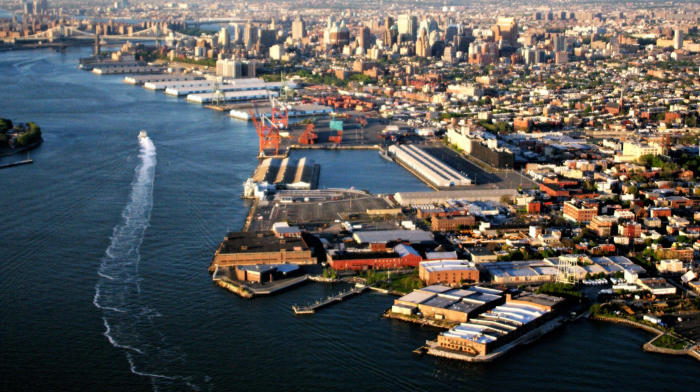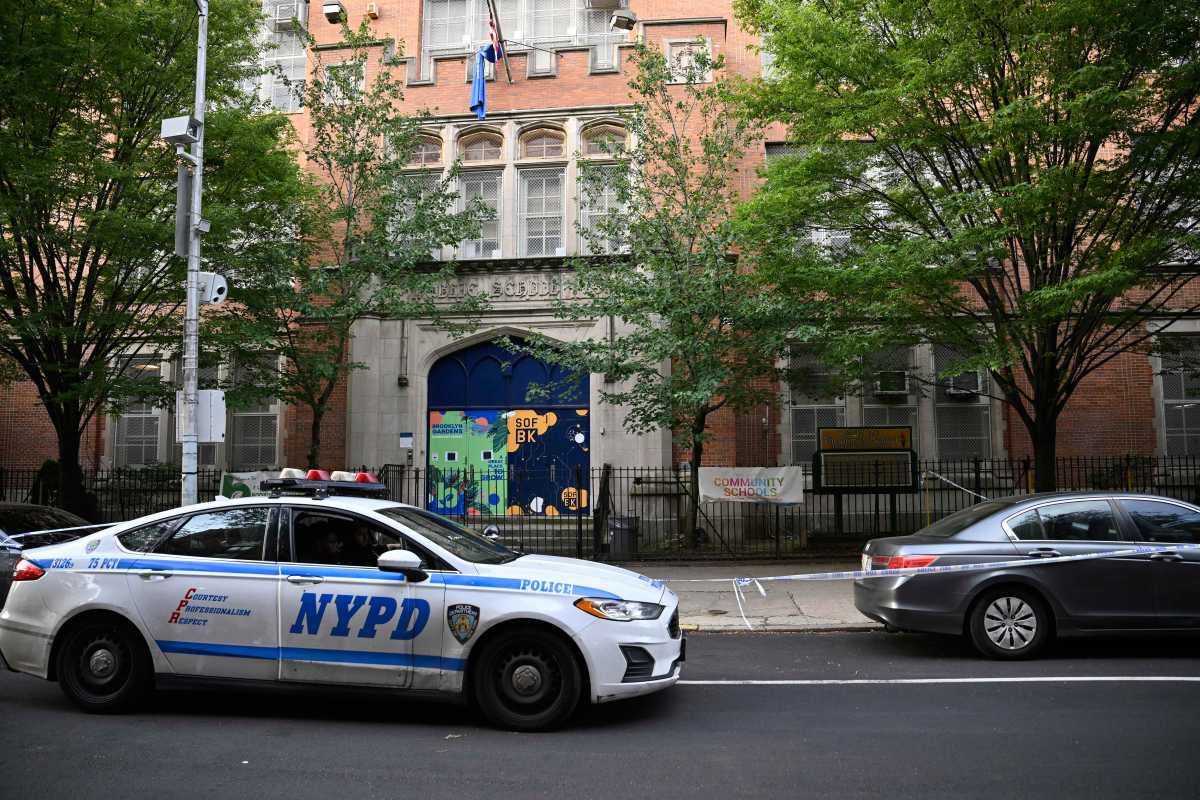Britain’s Stonehenge was just a grouping of rotting, prehistoric earthen works — and its City of Bath just a place where the Romans took a dunk and a dump — before some egghead figured out that if they were preserved people would actually flock to them for the chance to hobnob with history.
The love affair with the “H” word continues in parts of the world smart enough to recognize history’s grip on our past, our present and our future. Not in Coney Island though, where human wrecking ball Joe Sitt has taken a jackhammer to the world’s former playground which probably attracted the demolition-happy developer in the first place because of its fabled glory days. From the 1890s to the early 1900s, the jet-setters of the day frolicked in Luna Park, Dreamland and Steeplechase Park until the Great Depression diminished Coney Island into a “Nickel Empire” of cheap-thrills and five-cent attractions. But, not before putting such Brooklyn staples as Nathan’s Famous hotdogs on the world map. Ditto for a billboard worth of Hollywood legends, including Cary Grant and the Marx Brothers, who began their careers there, the former as Boardwalk stilt walker Archibald Alexander Leach, the latter as “Ned Weyburn’s Nightingales” at Henderson’s Music Hall on Surf Avenue near Stillwell Avenue where the likes of Sophie Tucker and Al Jolson fine-tuned their vaudeville acts.
Now, Henderson’s is draped in black bunting. As are three other historic Coney structures: The Grashorn Building at Jones Walk and Surf Avenue, the amusement area’s oldest building dating back to the late 1880s, and boasting a neoclassical Second Empire-style mansard roof and dormers; the 87-year-old Bank of Coney Island on West 12th St. between Bowery Street and Surf Avenue, founded by William J. Ward ([1867-1937] whose family were early Coney pioneers; and the Shore Hotel at Surf Avenue and Henderson’s Walk, completed in 1903 and the borough’s last surviving small hotel.
For sure, the fate of Coney Island is not safe with Joe Sitt. He bought a large swathe of it four years ago and promised to build a billion-dollar, year-round, Vegas-style amusement resort only to flip-back nearly seven acres of it to the city for $95 million while keeping a sizeable parcel for himself to build on later. Sitt should have restored the above buildings and regenerated interest in them. Then, watched his bank account — and his stature in the community — skyrocket.
According to the U.K.’s Wiltshire Archaeological and Natural History Society, more than 800,000 people go through the turnstiles at Stonehenge each year, another 200,000 peer at it from the roadside, and millions more motorists glimpse the stones as they drive by — all due to the systematic rebuilding of the 4,000-year-old stone circle throughout the last century.
The City of Bath continues to be such a magnet for people wanting to “meet the Romans” that the United Nations Educational, Scientific and Cultural Organization has designated it a World Heritage Site. Its visionaries have renewed the relic, which dates back to 863 B.C., using a novel approach to revitalize it by revealing stories about people who lived there in Roman times.
Coney’s future could be as world-famous as its past — if big minds, not big bank accounts, were hard at work.Sabruzzo@Cnglocal.com























